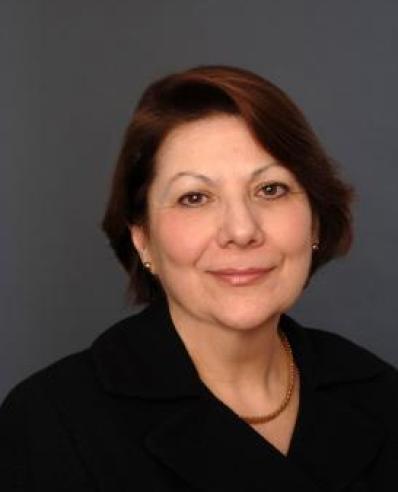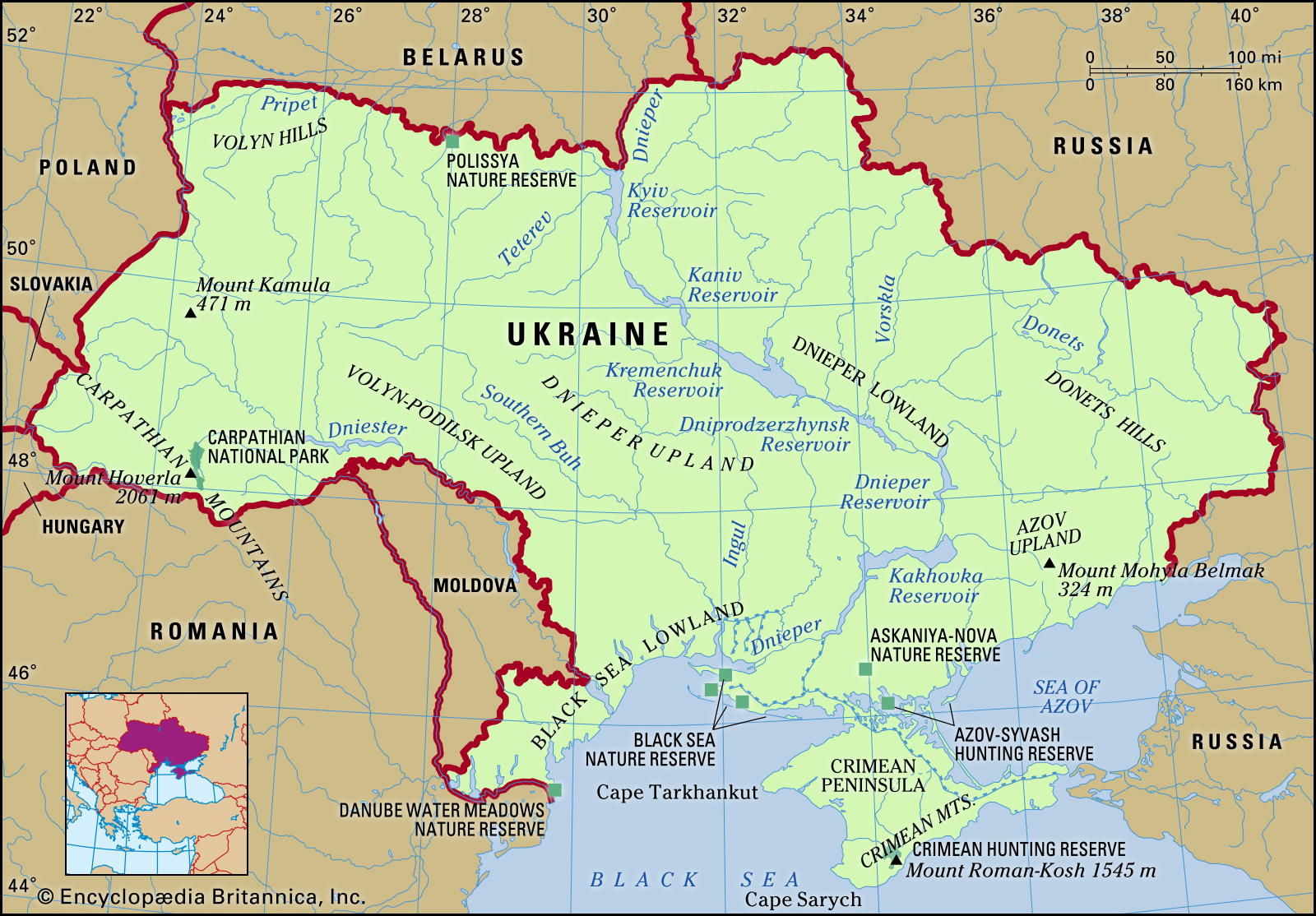The Ukrainian refugee crisis
More than 5 million refugees – greater than 10% of the country’s population – have fled from Ukraine in the two months since the Russian invasion, about 90% are women and children. The number of refugees already rank the Ukrainian refugee crisis among the top five refugee crises in recent times, and there is no indication that the migration is ending.
The refugees arrive with very little – the clothes they are wearing, identification documents, a phone, and maybe a pet they couldn’t bear to leave behind. Hundreds of children have arrived in bordering countries by themselves. The refugees are welcomed in countries like Poland, Romania, Hungary, Moldova and Estonia where local and international aid organizations and local citizens offer them food, shelter, schooling for the children and other assistance until they can make new plans, which for many will include onward migration to Europe, the United States, Canada and other destinations. They are looking for the hope of something better – hope in short supply today to the 7 million displaced people who remain in Ukraine or the more than 500,000 who have reportedly fled to Russia or Belarus rather than stay in their war-torn country.
The “lucky” (if that is even a word that can be used to describe people who have witnessed and endured such horror) refugees have family or friends in other countries who are willing to help them relocate. But countless other refugees fled their home with no clear plans and they are desperate. That anyone would seek to take advantage of these people who have already suffered so much is inhumane, but we know it will happen. We have witnessed it before.
Some Facts About Human Trafficking
- Human trafficking is a $150 billion business globally.
- 40.3 million people globally are estimated to be victims of human trafficking.
- 30.2 million victims (75%) are aged 18 or older, with the number of children under the age of 18 estimated at 10.1 million (25%).
- 71% of trafficking victims around the world are women and girls.
- Sixteen million forced labor victims work in domestic work, construction, or agriculture.
- 4.8 million forced labor victims have been sexually exploited.
- Only one out of 100 people are rescued from human trafficking.
The warnings about human trafficking
The United Nations High Commissioner for Refugees (UNHCR), the United Nations’ International Organization for Migration (IOM), the International Justice Mission, Stop the Traffik, CARE and so many others, including major media outlets and concerned citizens, are sounding the warning about the human trafficking risks and are calling for action to protect refugees.
These organizations, in addition to law enforcement, are taking steps to warn refugees about the risks and how to identify and deal with the traffickers, but we know that refugees will fall prey to traffickers who will move them to their next destination. In fact, the scale and speed at which the refugees sought to flee meant that optimal safeguards to protect them were not initially in place and an untold number of refugees may already have been victimized. At the point they are moved to their next destination, the refugees will have already been trafficked and their only chance of being rescued will come from those attuned to and able to recognize indicia of trafficking. That includes financial institutions.
Somewhat surprisingly, neither the financial crime agencies nor the financial institution regulators have yet to issue any advisories to the industry to be on alert for potential trafficking activity related to Ukrainian refugees. In the United States, an advisory on human trafficking was issued in 2020 early in the pandemic when lockdowns changed traffickers’ methods. The Financial Crimes Enforcement Network (FinCEN) said it issued that advisory “to help save lives, and to protect the most vulnerable in our society from predators and cowards who prey on the innocent and defenseless for money and greed.”
The significance of the Ukrainian refugee problem would seem to warrant its own advisory, but in the interim, we offer a listing of red flags for human trafficking, compiled by the Anti-Human Trafficking Intelligence Initiative (ATII) from a number of sources, including FinCEN. The listing comprises Know Your Customer red flags as well as transactional red flags for both fiat currency and cryptocurrency.
The real life stories
And, if the inevitability of the trafficking of the Ukrainian refugees and the warnings issued to-date are not enough to get you thinking about what you can do to help, read the stories of trafficked refugees who fled other conflicts. These stories, are from the 2017 exodus of more than 700,000 Rohingya refugees who fled the violence in their Myanmar homeland to Bangladesh:
- Mahira, eight years old, was encouraged by a neighbor and her family in a Rohingya refugee camp to go and work, taking care of a baby in a nearby town. When she got there the little girl found herself cut off from her family, working from early morning to late at night and brutally beaten whenever the baby cried.
- Mariam, a young Rohingya woman, thought the opportunity to leave the refugee camp where she lived to take up work as a hotel maid in a beach resort would lift her family out of destitution. Instead, she was tricked and found herself living in a brothel. The “kind aunty” who found her the job had sold her into forced prostitution.
- Rashid, a Rohingya father of two, thought he was leaving the refugee camp for a good job in another country. Abroad in an unknown land, he was imprisoned in a storage container and brutally beaten within earshot of a telephone call to his family, who were blackmailed to pay a ransom for him.
The names of the refugees are not real, but their stories are – and their stories will be repeated with Ukrainian refugees.
What financial institutions can (and should) do
The Ukrainian refugee crisis is shining a brighter light on the risks of human trafficking, but the reality is that human trafficking is everywhere, every day.
Human trafficking is a predicate crime to money laundering in many jurisdictions, and in the U.S. it is included in the National AML Priorities published by FinCEN in June 2021. Even more compellingly, however, it is a crime against humanity. Financial institutions may not be in a position to stop human traffickers at their source, but they can play a key role in identifying the traffickers and working with law enforcement to stop them – and there are some outstanding examples of financial institutions that have stepped up to this challenge.
For those financial institutions still needing to mature their anti-human trafficking efforts, the first steps in combatting human trafficking are:
- Understand the risks: Understand the human trafficking risks that may impact your organization because of your client base and the markets in which you do business. Make sure these risks are incorporated into your organization’s AML risk assessment.
- Create awareness: Make sure that AML training includes a discussion of human trafficking risks and typologies and that front line personnel, in particular, are able to spot the signs an individual is a trafficking victim.
- Know your customers: Ensure that those who perform due diligence and enhanced due diligence procedures for businesses that are at higher risk for trafficking are mindful of the risks and ask the right questions.
- Evaluate transaction monitoring capabilities: Review the transaction monitoring and data analytic routines available for identifying possible trafficking today and determine whether they can be expanded or enhanced.
- Partner with anti-human trafficking organizations and law enforcement: Forge alliances with not-for-profits, including ATII and others, and law enforcement agencies that can help alert your organization to emerging threats.
- Consider the broader context: Combatting human trafficking is more than an AML issue. Protecting human rights should be an anchor of your organization’s ESG policy.
And, if this all just seems like more work you are asking your overburdened compliance function to do, remember why you are doing it: “to help save lives, and to protect the most vulnerable in our society from predators and cowards who prey on the innocent and defenseless for money and greed.”
Read our paper and learn about Protiviti’s Financial Crimes practice here.
Carol Beaumier is a member of the Advisory Board of the Anti-Human Trafficking Intelligence Initiative.





